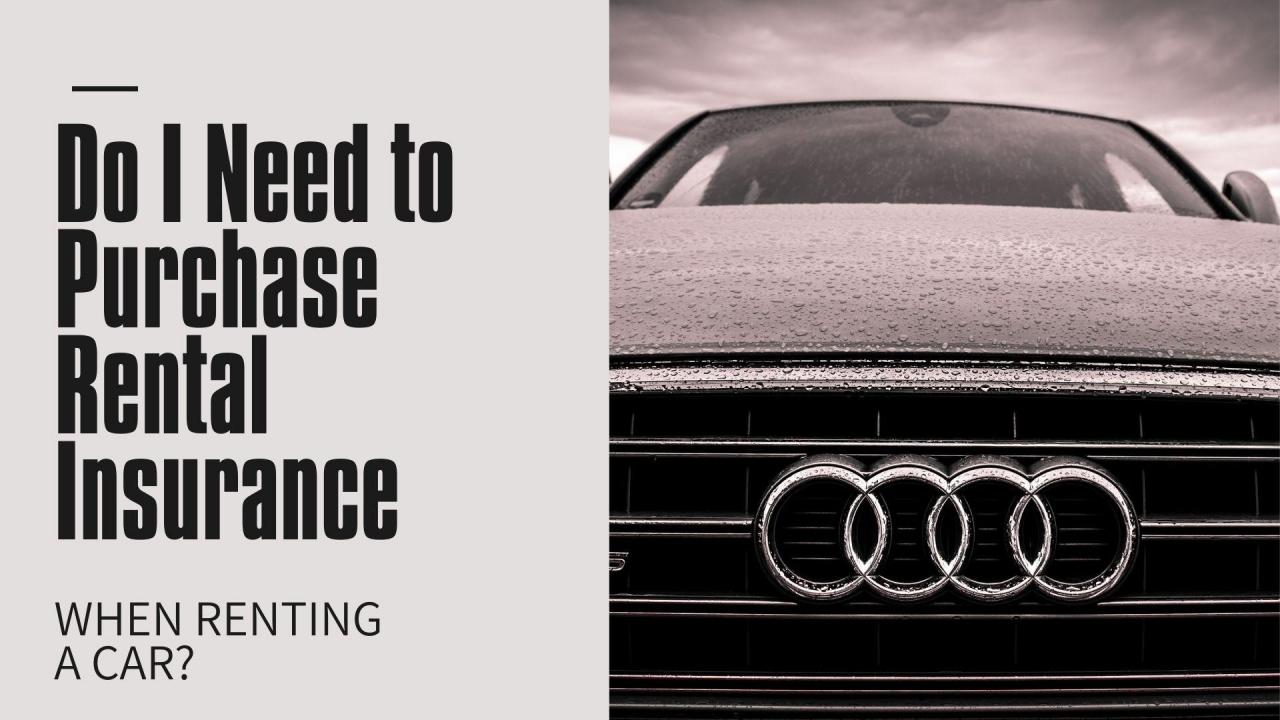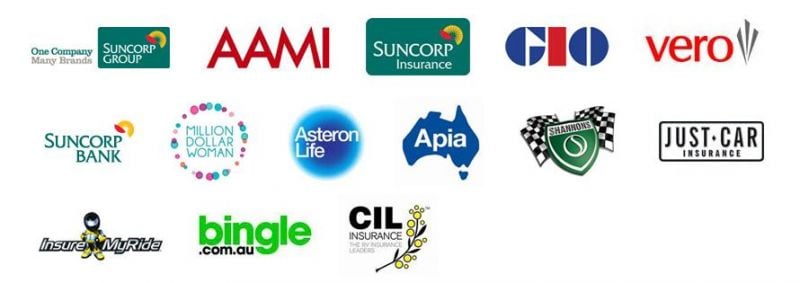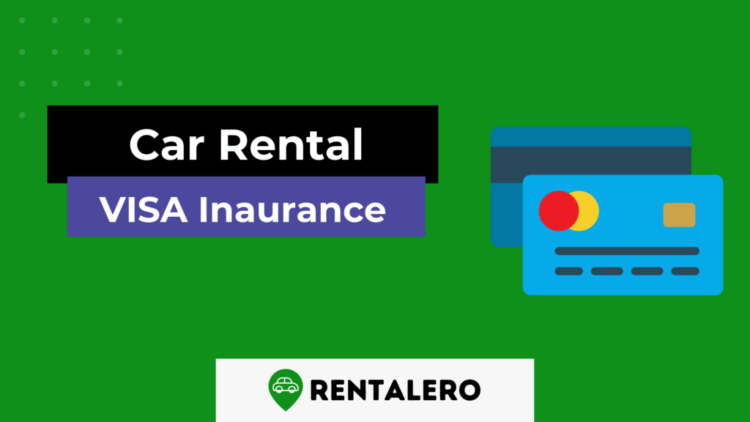
Do I need rental car insurance in Australia? This is a question that many travelers ask themselves, and the answer isn’t always straightforward. While you might think your existing car insurance or credit card coverage is enough, there are several factors to consider. The landscape of rental car insurance in Australia is complex, with different types of coverage offered by rental companies, credit card providers, and even your personal insurance policy.
This guide will help you navigate the intricacies of rental car insurance in Australia, providing a clear understanding of your options and how to make the best decision for your individual needs. We’ll break down the different types of coverage, discuss the pros and cons of each option, and offer recommendations to help you choose the right insurance for your trip.
Understanding Australian Rental Car Insurance

It’s important to understand the different types of rental car insurance available in Australia and how they cover you. This knowledge can help you make informed decisions about your insurance needs and potentially save money.
Types of Rental Car Insurance
Rental car insurance in Australia typically comes in three main types:
- Basic Insurance: This is usually included in the rental price and provides minimal coverage. It typically covers damage to the vehicle due to accidents, but with high deductibles and limited liability.
- Collision Damage Waiver (CDW): This insurance option protects you from financial responsibility for damage to the rental vehicle, but often has a deductible. This means you’ll be responsible for a certain amount of money in case of damage, even if you’re not at fault.
- Third Party Liability (TPL): This covers damage or injury to other people or their property while driving the rental car. However, it doesn’t cover damage to the rental vehicle itself.
Coverage Offered by Rental Car Insurance
The coverage offered by rental car insurance can vary significantly depending on the insurance type and the specific policy. Here’s a breakdown of common coverage elements:
- Damage to the Rental Vehicle: CDW and basic insurance usually cover damage to the rental vehicle, but with different deductibles and limitations.
- Liability Coverage: TPL provides coverage for damage or injury caused to others while driving the rental car. This coverage is typically limited to a specific amount, such as $20 million or more.
- Personal Accident Insurance: Some insurance options may include personal accident insurance, which covers medical expenses and other costs in case of an accident involving the rental car.
- Theft Protection: This coverage protects you from financial responsibility for theft of the rental vehicle. However, it may have deductibles and limitations.
Common Exclusions and Limitations, Do i need rental car insurance in australia
It’s crucial to be aware of the exclusions and limitations associated with rental car insurance. Some common exclusions include:
- Driving Under the Influence: Driving under the influence of alcohol or drugs is usually not covered by rental car insurance.
- Driving Outside Designated Areas: Some rental car insurance policies may not cover driving in certain areas, such as remote regions or off-road.
- Unauthorized Drivers: Only authorized drivers listed on the rental agreement are covered by the insurance.
- Wear and Tear: Rental car insurance typically doesn’t cover damage caused by normal wear and tear.
- Personal Belongings: Insurance generally doesn’t cover damage or theft of personal belongings inside the rental vehicle.
Factors to Consider When Choosing Rental Car Insurance
Several factors can influence your decision on whether to purchase additional rental car insurance. Consider:
- Your Existing Insurance Coverage: Check if your personal auto insurance policy offers coverage for rental vehicles.
- Your Credit Card Benefits: Some credit cards offer rental car insurance as a perk.
- The Rental Company’s Insurance Options: Compare the coverage and cost of the rental company’s insurance options.
- Your Risk Tolerance: Consider your comfort level with the potential financial risk associated with damage or theft of the rental vehicle.
Your Existing Insurance Coverage

It’s a good idea to check your existing car insurance policy to see if it provides any coverage for rental cars. While some policies may offer limited protection, it’s important to understand the extent of this coverage and how it compares to dedicated rental car insurance.
Coverage Provided by Your Existing Car Insurance
Your existing car insurance policy may offer some coverage for rental cars, but the extent of this coverage can vary widely. Here are some potential benefits:
- Third-party liability: This covers damage or injury you cause to other people or their property while driving a rental car. However, the coverage limits may be different from your regular car insurance.
- Collision damage waiver (CDW): This covers damage to the rental car itself. However, it’s often limited to specific types of damage, and may have a deductible that you’ll need to pay.
- Personal accident insurance (PAI): This provides coverage for medical expenses and other costs if you’re injured in a rental car accident.
Limitations of Your Existing Insurance
While your existing car insurance may offer some coverage, it’s crucial to understand its limitations:
- Coverage limits: The coverage limits for rental cars may be lower than those for your own car. This means you may be responsible for paying out-of-pocket for damages exceeding your policy limits.
- Exclusions: Many policies have exclusions that limit coverage for certain situations, such as driving outside of Australia, using the rental car for commercial purposes, or driving with an unauthorized driver.
- Deductibles: Even if your policy covers rental car damage, you may still have to pay a deductible before your insurance kicks in. This deductible can be substantial, and you may be required to pay it upfront.
How Your Existing Insurance Affects Your Need for Rental Car Insurance
Whether you need additional rental car insurance depends on the specific coverage provided by your existing policy and your individual needs.
- If your existing insurance offers comprehensive coverage for rental cars with no significant limitations or deductibles, you may not need to purchase additional insurance.
- However, if your existing insurance has limited coverage, high deductibles, or significant exclusions, purchasing additional rental car insurance might be advisable to protect yourself financially.
It’s always best to contact your insurance provider to clarify the specifics of your coverage for rental cars and to discuss your individual needs.
Credit Card Benefits
It’s worth checking if your credit card offers rental car insurance, as this could save you money on additional insurance from the rental company. Many credit cards provide some level of coverage for rental cars, but the extent of this coverage varies significantly.
To understand the benefits of your credit card’s insurance, carefully review your credit card agreement or contact your credit card provider directly. You should pay close attention to the following aspects:
Coverage Details
Your credit card’s insurance might cover aspects like:
- Collision Damage Waiver (CDW): This protects you from financial responsibility for damage to the rental car, often up to a certain limit.
- Liability Insurance: This covers you for injuries or damages caused to others while driving the rental car.
- Theft Protection: This covers you against financial loss if the rental car is stolen.
However, it’s important to note that most credit card rental car insurance policies have limitations, such as:
- Deductibles: You may be responsible for paying a certain amount (deductible) in case of an accident or theft.
- Coverage Exclusions: Certain situations may not be covered, such as driving outside the rental agreement’s specified area or using the car for commercial purposes.
- Primary or Secondary Coverage: Some credit cards provide primary coverage, meaning you can claim directly from your credit card company, while others offer secondary coverage, meaning you need to claim from your primary insurance first.
Comparing Credit Card Insurance with Other Options
While credit card rental car insurance can be a convenient option, it’s essential to compare its benefits with other available insurance options:
- Rental Company Insurance: Rental companies often offer insurance packages, but these can be expensive. It’s crucial to compare the coverage and costs with your credit card’s insurance.
- Your Personal Car Insurance: Some personal car insurance policies extend coverage to rental cars. Check with your insurer to see if this applies to you.
By comparing the different options, you can make an informed decision about the most suitable rental car insurance for your needs.
Rental Company Insurance
Rental car companies in Australia offer various insurance options to cover potential damage or loss to the vehicle. These options can be confusing, and it’s important to carefully consider your needs and existing insurance coverage before making a decision.
Rental Company Insurance Coverage and Cost
Rental companies typically offer three main insurance options:
- Basic Liability Coverage: This is usually included in the rental price and covers only the minimum legal requirements for liability in case of an accident. It does not cover damage to the rental car or your personal belongings.
- Collision Damage Waiver (CDW): This option covers damage to the rental car, but often with a deductible. This deductible is the amount you’ll be responsible for paying in case of an accident. The deductible can range from a few hundred dollars to several thousand dollars, depending on the rental company and the type of vehicle.
- Theft Protection: This coverage protects you against financial losses if the rental car is stolen. Similar to CDW, it may have a deductible.
Rental company insurance is often expensive, especially when you consider the deductibles. For example, CDW might cost around $30 per day, and the deductible could be $2,000.
Pros and Cons of Choosing Rental Company Insurance
Pros
- Convenience: Purchasing insurance from the rental company is easy and convenient, as you can do it at the rental counter.
- Peace of Mind: It can provide peace of mind knowing that you’re covered in case of an accident or theft.
Cons
- High Cost: Rental company insurance is often expensive, especially considering the deductibles.
- Limited Coverage: Some rental company insurance policies have limited coverage, such as excluding certain types of damage or specific driving situations.
- Potential for Overlapping Coverage: Your existing car insurance or credit card benefits may already cover some of the risks covered by rental company insurance, leading to unnecessary expenses.
Factors Influencing Your Decision

Choosing whether or not to purchase additional rental car insurance in Australia involves weighing various factors. The decision should be based on a comprehensive assessment of your existing insurance coverage, the rental company’s insurance policy, and your personal risk tolerance.
Factors to Consider When Deciding on Rental Car Insurance
The following table Artikels key factors to consider when deciding on rental car insurance:
| Factor | Cost | Coverage | Limitations | Personal Circumstances |
|---|---|---|---|---|
| Existing Insurance | May be included in your existing car insurance policy or credit card. | Typically covers third-party liability and may include some coverage for damage to the rental car. | May have limitations on the type of rental car covered, the duration of coverage, or the amount of coverage. | If you have comprehensive car insurance, you may already have sufficient coverage. |
| Credit Card Benefits | Often included as a perk of certain credit cards. | May offer collision damage waiver (CDW) and theft protection. | May have specific requirements, such as using the credit card to pay for the rental. | Check the terms and conditions of your credit card to determine if it offers rental car insurance. |
| Rental Company Insurance | Typically included in the rental price, but may be optional. | Covers damage to the rental car and may include some liability coverage. | May have high deductibles, limited coverage, or exclusions. | Consider the cost and coverage of the rental company’s insurance compared to your existing coverage. |
| Personal Risk Tolerance | Your willingness to take on risk and pay for potential damage to the rental car. | If you are risk-averse, you may want to purchase additional insurance. | Consider the potential financial consequences of an accident or damage to the rental car. | Assess your personal risk tolerance and decide if you are comfortable with the potential financial burden of an accident. |
Recommendations and Best Practices
Choosing the right rental car insurance can be confusing, but understanding your options and making informed decisions can save you money and stress. This section provides recommendations and best practices to help you navigate the process.
Choosing the Most Appropriate Insurance
The most suitable rental car insurance depends on your individual needs and circumstances. Consider these factors:
- Existing Insurance Coverage: Check your existing car insurance, home insurance, or credit card policies for potential rental car coverage. Many policies offer some level of protection, reducing the need for additional insurance.
- Trip Length and Destination: For short trips within familiar areas, your existing insurance might suffice. However, for extended journeys or trips to remote locations, additional coverage might be necessary.
- Budget and Risk Tolerance: Consider your budget and how much risk you’re willing to take. While comprehensive insurance offers the most protection, it also comes with higher costs. If you’re on a tight budget, consider the risks and choose a policy that balances affordability with adequate coverage.
- Rental Company’s Insurance: Understand the rental company’s basic insurance coverage and its limitations. Some companies offer optional add-ons, which might be more cost-effective than purchasing separate insurance.
Understanding and Navigating Rental Car Insurance Policies
- Read the Fine Print: Carefully review the rental agreement and insurance policy documents. Pay attention to the coverage limits, exclusions, and deductibles. Understanding these details will help you make informed decisions about additional insurance.
- Ask Questions: Don’t hesitate to ask the rental company representative questions about the insurance options and their coverage. They can clarify any confusion and ensure you understand the terms of your policy.
- Compare Prices: Obtain quotes from multiple rental companies and compare the insurance options they offer. This allows you to find the best value for your needs.
- Consider Third-Party Insurance: If you’re not comfortable with the rental company’s insurance options, explore third-party insurance providers specializing in rental car coverage. These providers often offer competitive rates and comprehensive protection.
Minimizing Risks and Maximizing Coverage
- Drive Safely: This is the most important step in minimizing risks. Adhering to traffic laws, maintaining a safe speed, and avoiding distractions can help prevent accidents and insurance claims.
- Document Everything: Take photos or videos of any existing damage to the rental car before you drive off. This documentation can be crucial if a dispute arises about pre-existing damage.
- Report Accidents Immediately: In case of an accident, report it to the rental company and local authorities immediately. Follow their instructions and gather all necessary information, including witness statements.
- Choose the Right Coverage: Select insurance options that align with your needs and risk tolerance. Don’t overpay for unnecessary coverage, but ensure you have sufficient protection for potential risks.
End of Discussion
Ultimately, the decision of whether or not to purchase rental car insurance in Australia is a personal one. By understanding the different options available, comparing costs and coverage, and considering your personal circumstances, you can make an informed decision that provides adequate protection without unnecessary expenses. Remember, it’s always better to be safe than sorry when it comes to your financial well-being and peace of mind while on the road.
Essential Questionnaire: Do I Need Rental Car Insurance In Australia
What is the difference between third-party and comprehensive car insurance?
Third-party car insurance covers damage to other vehicles or property, while comprehensive car insurance covers damage to your rental car, including theft and accidents.
Is it worth getting rental car insurance from the rental company?
Rental company insurance can be expensive, but it might be worth it if your existing insurance doesn’t offer adequate coverage. It’s important to compare the costs and coverage of rental company insurance with other options before making a decision.
What should I do if I’m involved in an accident while driving a rental car?
If you’re involved in an accident, it’s important to stay calm and follow the rental company’s instructions. You should also report the accident to the police and take photos of the damage.





